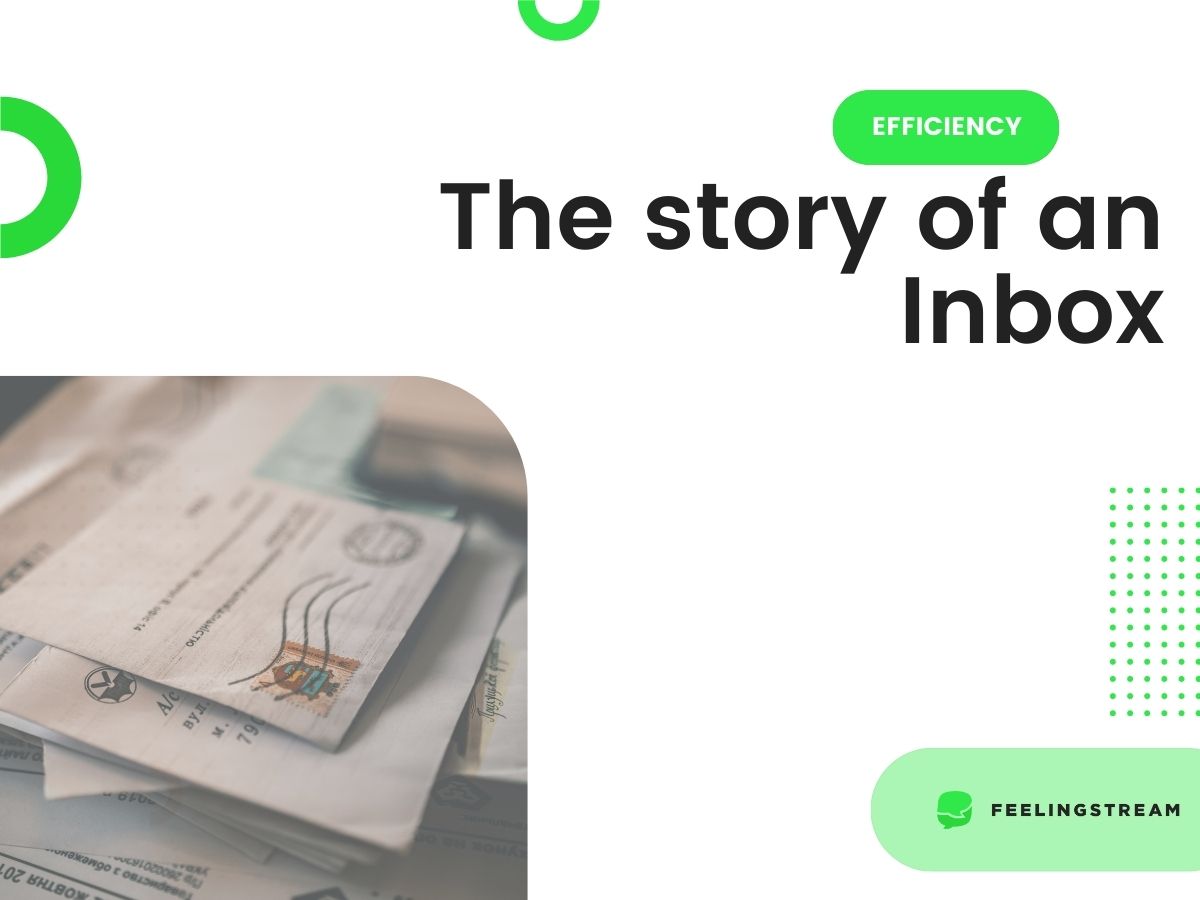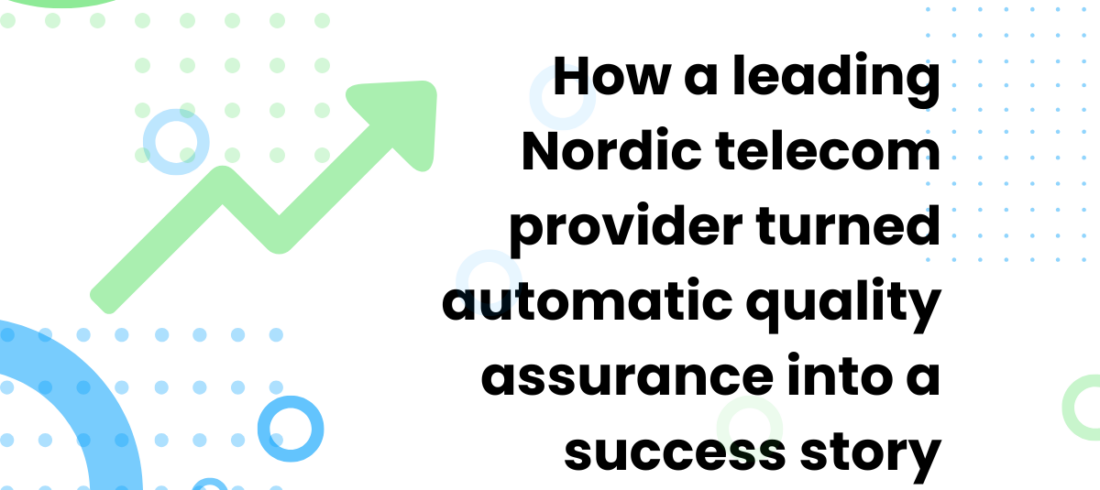Feelingstream started a pilot project for the Estonian Ministry of Economic Affairs and Communications in November. The aim was to analyze incoming e-mails in various inboxes and establish the most common themes and emotions. The results are now in and they’re somewhat surprising.
The Ministry receives as many as 50 e-mails a day. 24% of the content was correspondence between its own employees requesting either registering, forwarding, or financial actions. Interestingly enough, 15% of the e-mails were automatic responses.
For obvious reasons, the negative state of mind was most commonly caused by either long waiting periods or cynical reactions to faulty applications.
What can Feelingstream make happen in your email Inbox to reduce issues and make work more efficient?
What Feelingstream can do to help is to start systemizing the content. We can categorize the incoming e-mails as well as establish a level of priority and automatically forward them to the right person or the right place. We can also look for patterns in text and establish the subject matter, categorizing the topics. The accuracy for this data processing system is an impressive 81-95%. All of this will ensure a better overview of the incoming e-mails. That can make the service more understandable and reachable for users and enables the Ministry to provide quicker and more accurate responses, making their work more efficient.
By automatically handling system-sent and repetitive emails for one single Ministry inbox, the win is 2 hours per year. With automatic categorization, the system routes the emails into folders or to responders, the inbox is cleaner. This way, none of the important emails are missed or left waiting for too long. The work within the Ministry is more efficient and this is a true win for them!
What else did we find in the analysis?
An important observation – 6% of the e-mails were associated with applying for permissions. The users could actually easily conduct these through an e-service by themselves. When a user-friendly and easily understandable e-service exists that also saves valuable time and money, there would be no need to send that many e-mails to customer service. E-services make sense when they are comfortable, helpful, fast and easy. Deliberate communication, campaigns for non-users and the posting of informative support materials and instructions on the website could also sufficiently raise awareness of the existence and use of the service.
In addition, if you calculate that it takes 25 minutes to handle each email that comes to the information inbox (secretary + department work), then using e-services could reduce 160 work hours per year. Secretary workload and time use reduce and the focus can go on the more substantial tasks. At the same time, the service is faster and more effective for both parties.
As a developing information society, we should not fear digitalization, but let the specially made and functional services make our lives easier. Make sure to also read about using email analysis for making changes in customer service.
Let’s be bold in using e-services!
Read more about efficiency with the help of AI.




